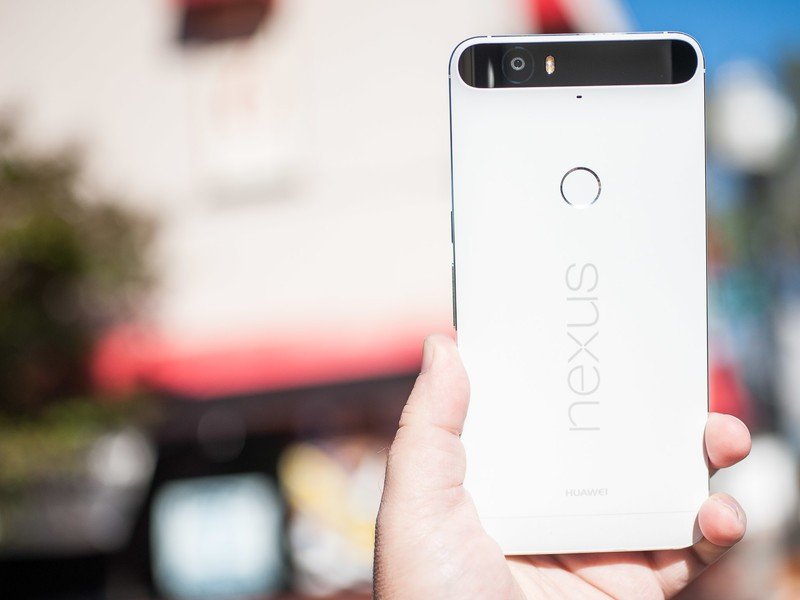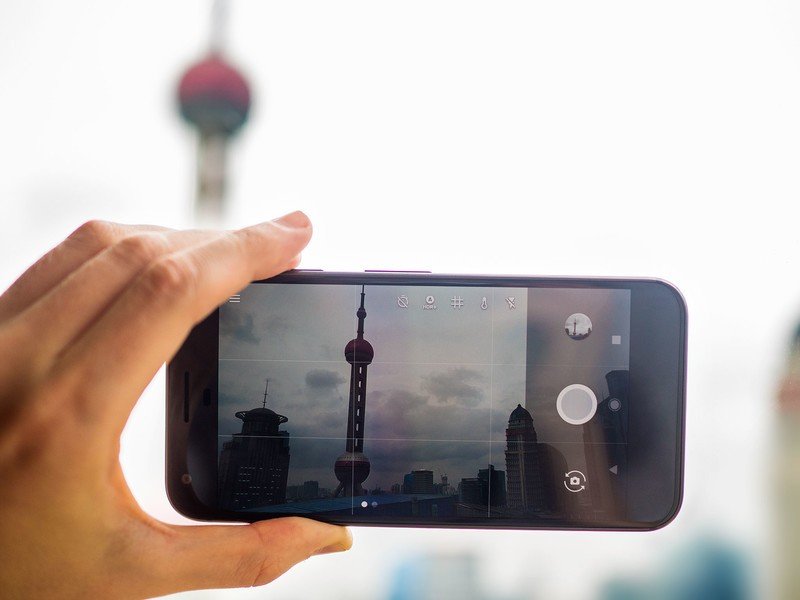From the Editor's Desk: Imagining Android 17 on the Pixel 6

The launch of the third Android 12 beta this week gives us a look at an increasingly polished and largely feature-complete version of Google's next OS. On phones like the Pixel 5, it's a marked improvement upon earlier betas and represents the biggest visual overhaul for stock Android in more than five years.
Back in 2016, the current Google flagship was the Huawei-built Nexus 6P, and the original Google Pixel — still then referred to as a hypothetical "HTC Nexus" — was just a rumor. In the dying days of the Nexus program, Android looked a lot different. Next to the new-fangled Material You design language, early Material Design in Android Lollipop and Marshmallow look quaint.

Five years is a long time in tech, especially mobile tech.
Five years is a long time in tech, and particularly mobile tech. This is why the prospect of Google supporting its upcoming Google Pixel 6 handsets for five years after launch is a very big deal indeed. If the latest reports are accurate, the Pixel phones it's launching in just a couple of months will still be running an up-to-date Android platform version in early 2027. The comparison is for the original Pixel, launched in 2016, to be getting its final update to Android 12 later this year.
It's true that some brands, notably Samsung with its four-year promise, have been pushing forwards with longer support lifespans for their flagship phones. Even OnePlus, which has recently earned itself a lackluster reputation for updating anything besides its current-year flagships, is upping its game. But the Android ecosystem as a whole still doesn't come close to matching the longevity of the iPhone, which is where the competition offered by Google could force everyone to do better in 2022 and beyond. While it's true that old iPhones might not get all the features of newer iOS versions, and that directly comparing the Android and iPhone update models isn't completely fair, there's no question that five years of OS updates is a significant stride in the right direction.

Could Google soon become the most vertically integrated Android phone maker?
Over in iPhone land, the oldest device supported by the upcoming iOS 15 is 2015's iPhone 6s. Just a few years ago, the Google Pixel 2 series launched with the promise of just two years of platform updates, a figure which was seen as pretty generous at the time.
Given conspicuous moves towards three and four-year support cycles for some of the best Android phones of the moment, this is clearly something Google's pushing for throughout the ecosystem as a whole. As such, it makes sense for the firm to lead by example while also exerting competitive pressure with its own products.
If Google really does plan to support the Pixel 6 for five years, it'll be vertical integration which helps it pull this off. (Put simply, using key components of its own design in its products instead of off-the-shelf parts.) The Pixel 6's custom-made "Whitechapel' processor, a.k.a. GS101, makes Google the silicon vendor and lets it set the terms of its software support directly, without having to rely on the whims of Qualcomm as it has in the past. In 2021, no other Android phone maker really has this level of freedom.
Get the latest news from Android Central, your trusted companion in the world of Android
In fact, with Huawei largely out of the picture and Samsung still utilizing Qualcomm processors in the U.S. and China, Google might soon become the most vertically integrated Android manufacturer. Perhaps Pixel phones will never offer the raw horsepower of an iPhone or even a Snapdragon 800-series flagship, but the extra agility it affords to Google shouldn't be underestimated.
The Pixel 6 series looks set to launch later this year alongside a major redesign for Android — the third the platform has seen, after Holo in Android 4 and Material Design in Android 5. And if the latest leaks are to be believed, it might just see the next one, perhaps in Android 15 in another half-decade's time.

Alex was with Android Central for over a decade, producing written and video content for the site, and served as global Executive Editor from 2016 to 2022.

